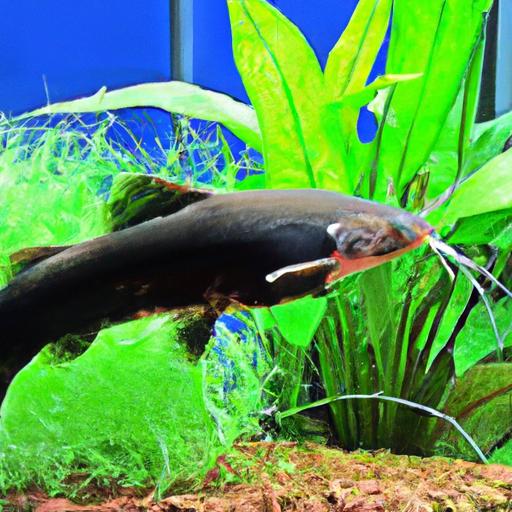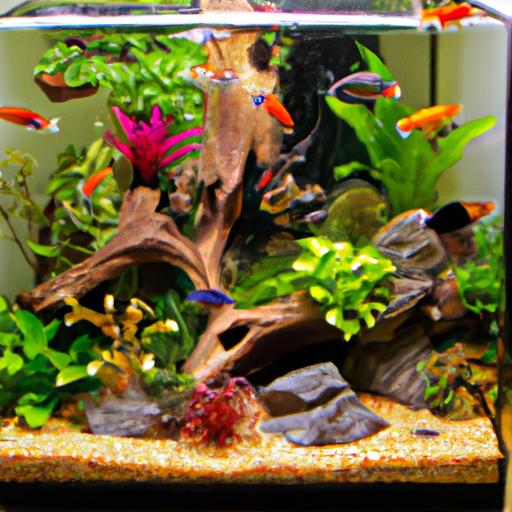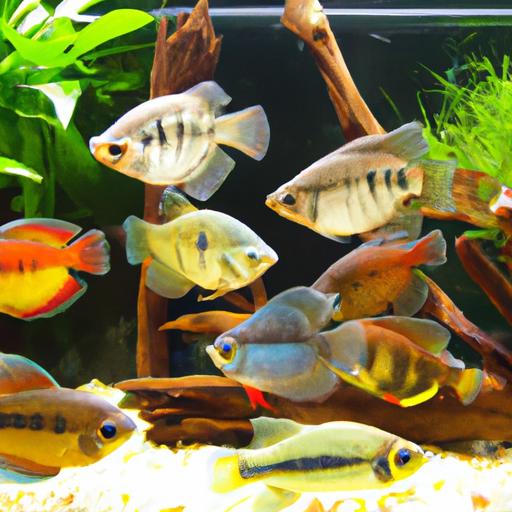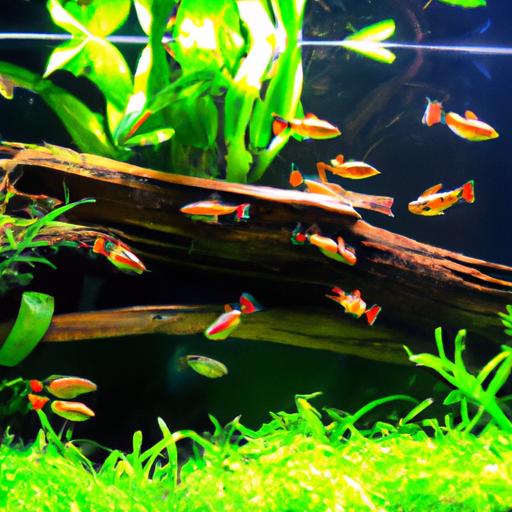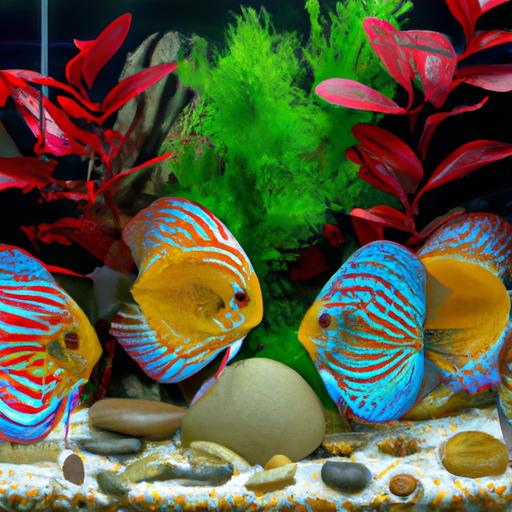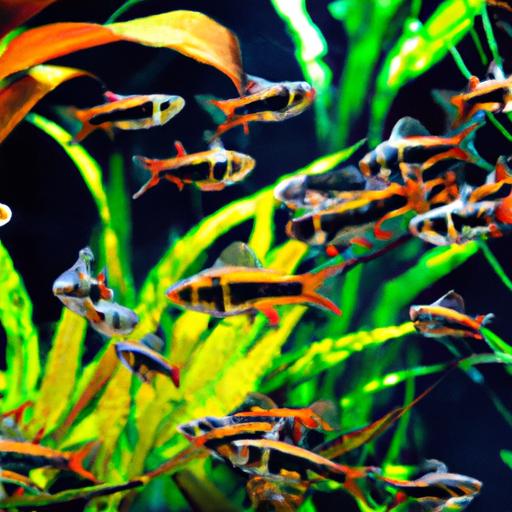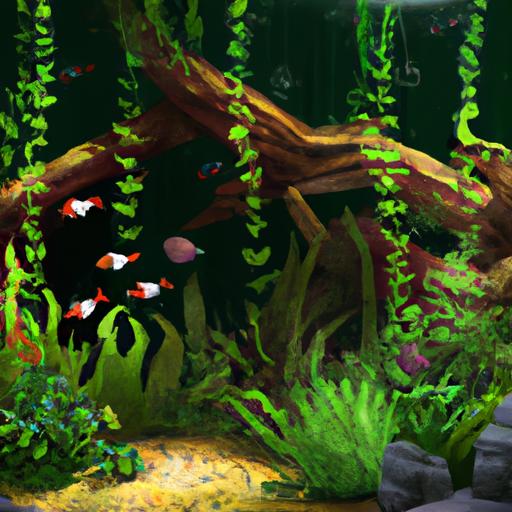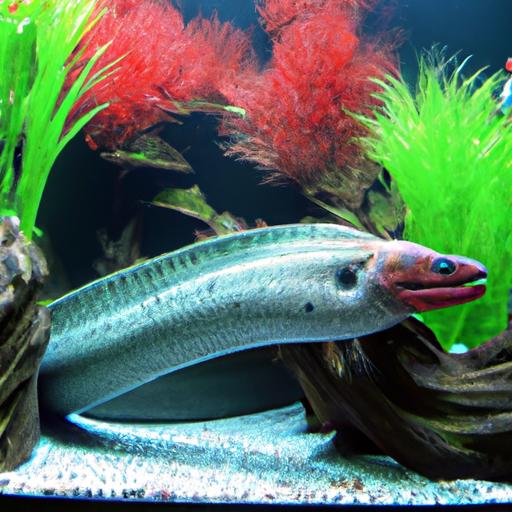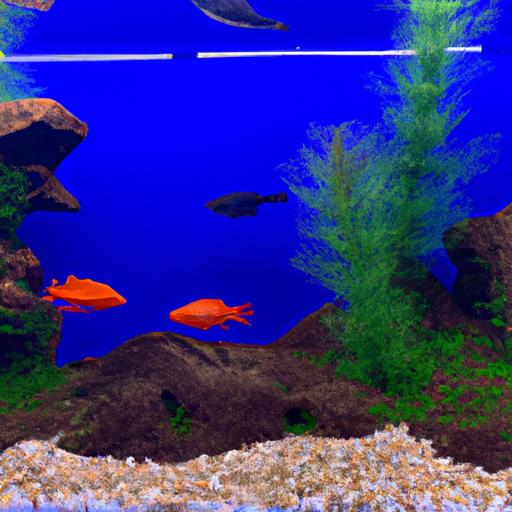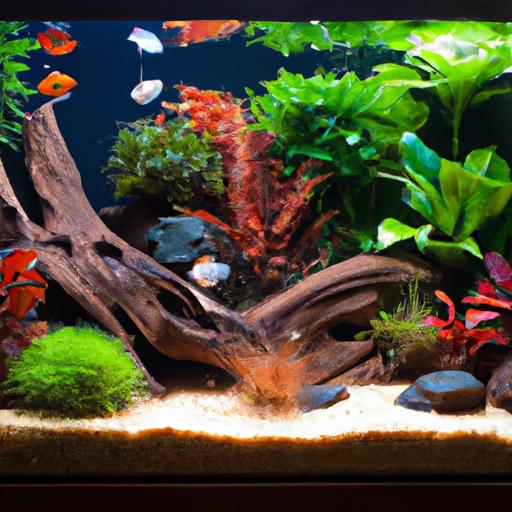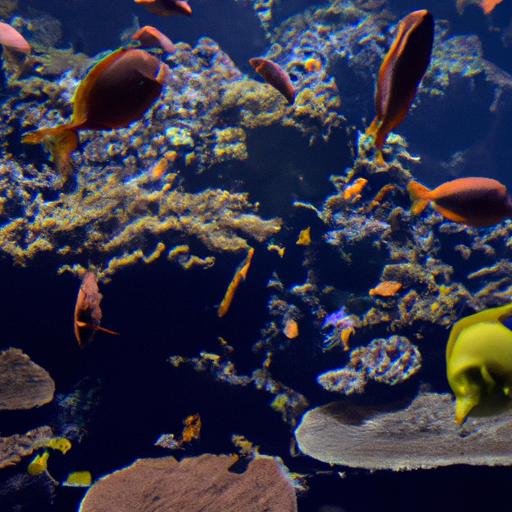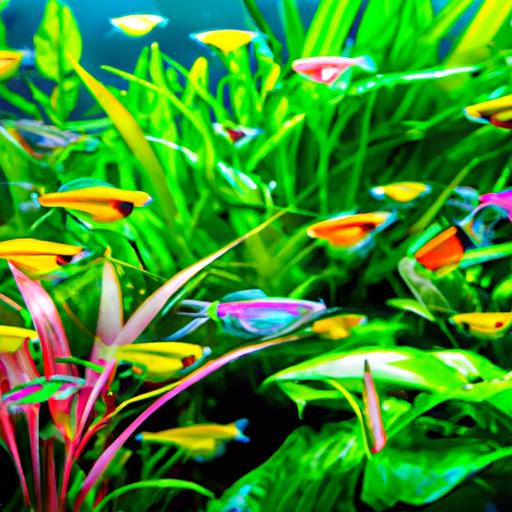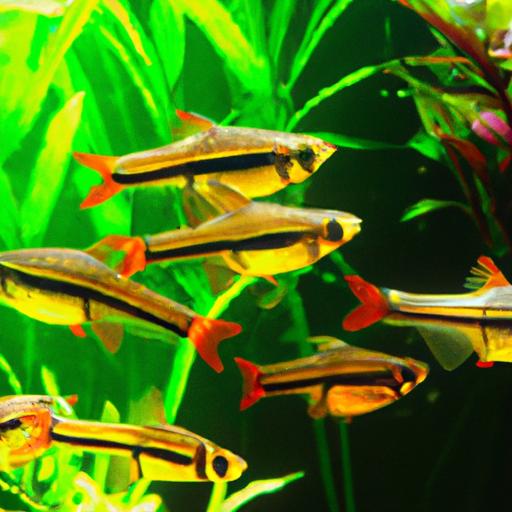
Successfully Keeping Harlequin Rasbora Fish: A Guide to Optimal Care
Discover essential tips for successfully keeping Harlequin Rasbora fish. Learn about tank setup, ideal tank mates, diet, and maintenance. Start thriving today!
Introduction
Welcome to our comprehensive guide on successfully keeping Harlequin Rasbora fish. These vibrant and lively creatures have become increasingly popular as aquarium pets due to their striking appearance and peaceful nature. In order to ensure their well-being and longevity, it is crucial to provide them with the proper care and maintenance. In this article, we will delve into the key factors that contribute to the successful keeping of Harlequin Rasbora fish, offering valuable insights and tips to help you create an optimal environment for these beautiful fish.
Key Factors for Successfully Keeping Harlequin Rasbora Fish
To create a thriving habitat for Harlequin Rasboras, it is essential to consider several key factors:
1. Tank Setup: The Foundation for a Happy School
Harlequin Rasboras thrive in a well-maintained aquarium. Providing them with an adequately sized tank is crucial for their overall well-being. A tank of at least 20 gallons (76 liters) is recommended to accommodate a small school of these active fish comfortably. Additionally, ensure the tank has a secure lid to prevent any accidental escapes.
Maintaining suitable water parameters is vital. Harlequin Rasboras prefer slightly acidic to neutral water with a pH range of 6.0 to 7.8. The temperature should be maintained between 72°F and 82°F (22°C to 28°C) to mimic their natural habitat. Additionally, consider using a water hardness level of 5 to 12 dKH.
2. Ideal Tank Mates: Promoting Peaceful Coexistence
Harlequin Rasboras are peaceful fish that thrive in a community setting. They coexist well with other small, peaceful species that share similar water requirements. Some suitable tank mates include other peaceful Rasbora species, Tetras, Corydoras catfish, and peaceful shrimp species. Avoid aggressive or fin-nipping fish that could cause stress or harm to the Harlequin Rasboras.
3. Balanced Diet: Nourishing the Vibrance
A nutritious and varied diet is essential for the health and vibrance of Harlequin Rasboras. These fish are omnivorous, and their diet should consist of a mix of high-quality flakes or pellets and small live or frozen foods. Offering them a variety of options such as brine shrimp, daphnia, and bloodworms will help mimic their natural diet and promote optimal health.
4. Maintenance and Environment: The Keys to Happiness
Maintaining a clean and stress-free environment is crucial for the well-being of Harlequin Rasbora fish. Regular water changes of around 25% every two weeks will help maintain good water quality. Additionally, investing in a reliable filtration system will aid in keeping the water clean and free from harmful toxins.
Harlequin Rasboras appreciate a well-lit tank with subdued lighting conditions. The use of floating plants, such as Java moss or water lettuce, provides them with shade and a sense of security. Adding some hiding spots, such as caves or dense vegetation, will also help create a comfortable environment.
Frequently Asked Questions (FAQs)
Let’s address some common questions related to the care and maintenance of Harlequin Rasboras:
1. How many Harlequin Rasboras can be kept in a tank?
The number of Harlequin Rasboras that can be kept in a tank depends on the tank’s size and the other inhabitants. As a general guideline, aim for a minimum of six Rasboras to form a harmonious school. For a 20-gallon (76 liters) tank, a group of 10 to 12 Rasboras would be ideal.
2. What are the ideal tank mates for Harlequin Rasboras?
Harlequin Rasboras are peaceful and social fish, making them compatible with various tank mates. Some suitable companions include other small Rasbora species, Tetras, Corydoras catfish, and peaceful shrimp species. Avoid aggressive or fin-nipping fish that could cause stress or harm.
3. How often should water changes be performed?
Regular water changes are essential for maintaining good water quality. Aim for a water change of around 25% every two weeks. However, closely monitor the water parameters and adjust the frequency or volume of water changes accordingly to ensure optimal conditions for your Harlequin Rasboras.
4. What is the lifespan of Harlequin Rasbora fish?
With proper care, Harlequin Rasboras can live for approximately five to eight years. Creating an optimal environment, providing a balanced diet, and ensuring suitable tank mates will contribute to their longevity and overall well-being.
Conclusion
Successfully keeping Harlequin Rasbora fish requires careful attention to their tank setup, suitable tank mates, balanced diet, and regular maintenance. By providing them with a spacious and well-maintained aquarium, ensuring compatible tank mates, offering a varied and nutritious diet, and maintaining a clean and stress-free environment, you can create an ideal habitat for these captivating fish.
Remember, the key to their happiness lies in your dedication to their well-being. By following these guidelines, you can enjoy the beauty and tranquility of a thriving Harlequin Rasbora community in your own home. Happy fishkeeping!
